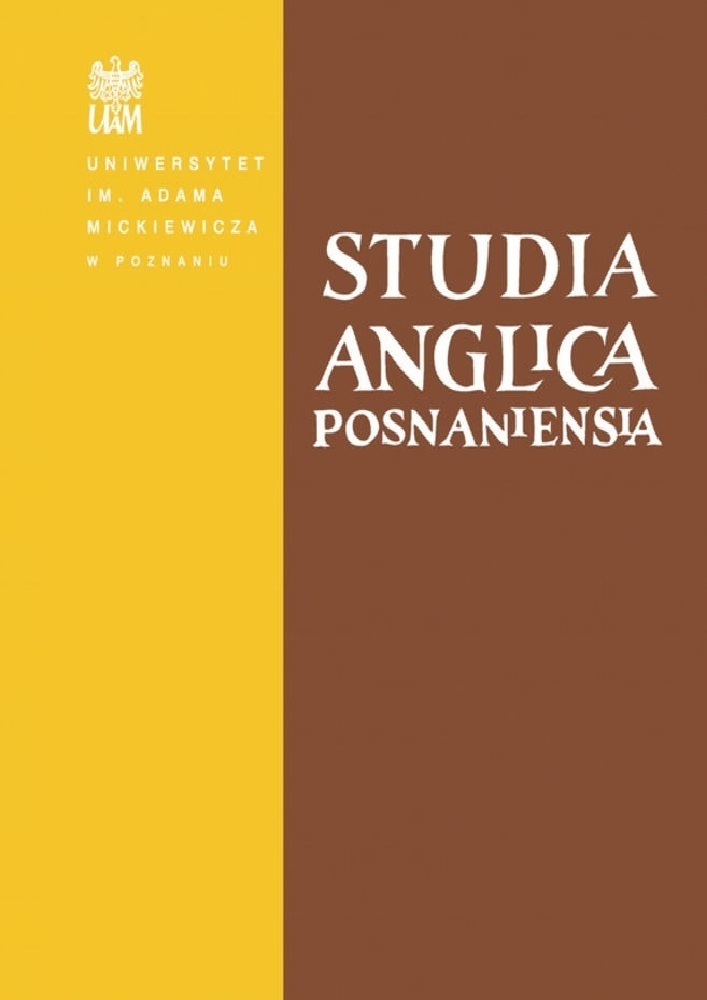Abstract
This study focuses on minimal (non-compound, non-phrasal) signs that are nevertheless internally complex in their syntactic categorization. Sometimes this is signalled by morphology - affixation or internal modification. But there are also conversions. In terms of categorial structure, we can distinguish between absorptions, where the source of the base is associated with a distinct category, and incorporation, where the base is categorially constant. Incorporation is thus typically reflected in inflectional morphology. Absorption may be associated with morphological change or conversion - with retention of the base in a different categorization. But categorial complexity may be nonderived, covert: the categorial complexity of an item is evident only in its syntax and semantics.
References
Anderson, John M. 1970 “’Ablaut’ in the synchronic phonology of the Old English strong verb”, IndogermanischeForschungen 75: 166-97. 1984 Case grammar and the lexicon. University of Ulster: Occasional Papers on Linguisticsand Language Learning, 10.
Anderson, John M. 1997 A notional theory of syntactic categories. Cambridge: Cambridge University Press.
Anderson, John M. 1998 “A core morphology for Old English verbs”, English Language and Linguistics 2: 199-222.
Anderson, John M. 2005 “The argument structure of morphological causatives”, Poznań Studies in ContemporaryLinguistics 40: 27-89.
Anderson, John M. 2006 Modern grammars of case: A retrospective. Oxford: Oxford University Press.
Anderson, John M. 2007 The grammar of names. Oxford: Oxford University Press.
Anderson, John M. 2011a The substance of language, 1: The domain of syntax. Oxford: Oxford University Press.
Anderson, John M. 2011b The substance of language, 2: Morphology, paradigms, and periphrases. Oxford: Oxford University Press.
Anderson, John M. 2011c “Referentiality and the noun”, Hermes 47: 13-29.
Anderson, Stephen R. 1992 A-morphous morphology. Cambridge: Cambridge University Press.
Colman, Fran 1996 “Morphology: Old and Middle English derivational and inflectional”, in: Jacek Fisiak (ed.), 3-28. nd. The Old English onomasticon: Names and the grammar. MS
Colman, Fran - John M. Anderson 2004 “On metonymy as word-formation: With special reference to Old English”, EnglishStudies 85: 547-65.
Dalton-Puffer, Christiane 1992 “A view on Middle English derivation: verbs”, VIEWS 1: 3-15. 1993 “How distinct are inflection and derivation? Reply to Lass and Ritt”, VIEWS 2: 40-44.
Fisiak, Jacek (ed.) 1996 Middle English miscellany: From vocabulary to linguistic variation. Poznań: Motivex.
Giegerich, Heinz J. - Geoffrey K. Pullum 2010 Foreword to Koshiishi (2010), xiii-xiv.
Kastovsky, Dieter 1993 “Inflection, derivation and zero - or: what makes OE and German derived denominal verbs verbs?”, VIEWS 2: 71-81.
Koshiishi, Tetsuya 2010 Collateral adjectives and related issues. Bern: Peter Lang.
Lass, Roger 1993a “Old English -ian: Inflectional or derivational?”, VIEWS 2: 26-34. 1993b “Old English class II: More views”, VIEWS 2: 104-10.
Malicka-Kleparska, Anna 1988 Rules and lexicalisations. Selected English nominals. Lublin: Redakcja Wydawnictw KUL.
Matthews, Peter 1974 Morphology. Cambridge: Cambridge University Press. 2001 A short history of structural linguistics. Cambridge: Cambridge University Press.
Pyles, Thomas - John Algeo 1970 English: An introduction to language. San Diego: Harcourt, Brace, Jovanovich.
Ritt, Nikolaus 1993 “What exactly is it that makes OE -ian derivational? Reply to Lass”, VIEWS 2: 35-9.
Saussure, Ferdinand de 1916 Cours de linguistique générale, (ed. by C. Bally & A. Sechehaye, with the collaboration of A. Riedlinger. Lausanne & Paris: Payot.) (2nd ed., Paris: Payot, 1922; 3rd and last corrected ed., 1931.)
